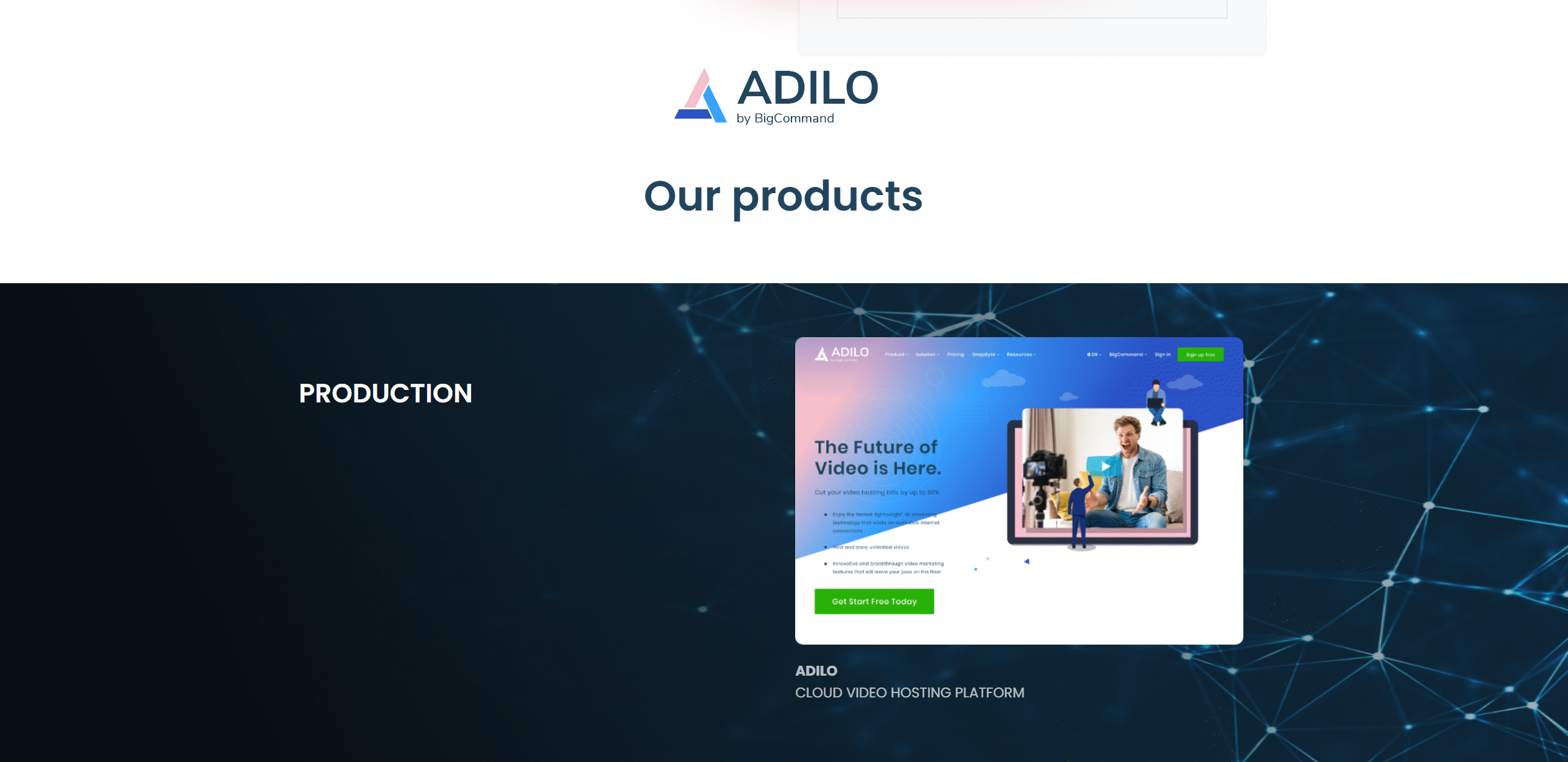Let’s be honest: time feels like a luxury these days. Last Tuesday, a friend told me she attempted to meditate in her car—parked between two conference calls, sandwich in hand. Sound familiar? If you’ve tried (and failed) to find a slice of serenity in the chaos, you’re not alone. But what if meditation wasn’t about escaping life, but weaving calm directly into its messiest moments? Welcome to the art of mindful living for busy people.
Myths vs. Reality: Busting Meditation Misconceptions for Busy Lives
For many, the idea of meditation conjures up images of monks on mountaintops or hours spent in total silence, surrounded by incense and elaborate cushions. But the reality of Meditation for Busy People is far more accessible—and much less intimidating. In fact, one of the biggest misconceptions is that meditation requires a huge time commitment or a perfect environment. The truth? Even a few minutes of Mindfulness Meditation can make a real difference, especially for those juggling relentless schedules.
According to the Meditation for Busy People ebook, the most common myths in Western culture are that meditation is time-intensive, only for the deeply spiritual, or must be done flawlessly to be effective. These beliefs can discourage people from even trying. Yet, research shows that micro-meditation sessions—as brief as three to five minutes—can reduce stress markers and help restore a sense of calm. Studies indicate that it’s not the length of each session, but the regularity of practice that delivers cumulative benefits for stress relief and mental clarity.
Consider this: 65% of adults say they struggle to find time for health routines. But meditation doesn’t demand a complete overhaul of your day. You don’t need incense, fancy props, or a retreat in the mountains. All that’s required is your breath and a willingness to pause, even briefly. Techniques like breath focus, mindful walking, or a simple body scan can fit into the busiest schedules and still offer significant stress relief. These Meditation Techniques are designed for real life, not just for those with endless free time.
Learning the basics—understanding what meditation is and isn’t—can save time and frustration. The ebook breaks down the essentials, showing that meditation is less about emptying your mind and more about training your awareness. As Dan Harris puts it:
"Meditation isn't about becoming a different person; it's about training awareness and gaining a healthy perspective."
Short, daily meditation practices can help manage stress, improve mental clarity, and support overall well-being. The focus is on consistency, not perfection. Whether it’s a few mindful breaths before a meeting or a five-minute walk at lunch, these small moments add up. The reality is, Meditation for Stress is possible for everyone—even in the midst of chaos. The key is to start simple, stay consistent, and let go of the myths that say you need more time or a special setting to benefit.
Speedy Solutions: Quick Meditation Techniques for Hectic Schedules
In today’s fast-paced world, finding time for self-care can feel impossible. With endless meetings, family responsibilities, and a never-ending to-do list, stress often becomes a constant companion. Yet, research shows that even the busiest people can benefit from meditation techniques designed specifically for hectic schedules. The Meditation for Busy People ebook highlights practical, rapid methods that fit seamlessly into daily routines—no matter how packed your calendar may be.
Five-Minute Breath Focus: A Simple Reset
One of the most effective meditation techniques for busy people is the five-minute breath focus. This breathing technique can be practiced between meetings, during a coffee break, or even while commuting. Simply close your eyes (if possible), inhale deeply through your nose, and exhale slowly. Focus your attention on the sensation of your breath entering and leaving your body. Studies indicate that just a few minutes of mindful breathing can quickly reduce stress and improve focus.
Observation Meditation: Mindfulness on the Go
Another quick solution is observation meditation. While waiting in line or sitting in traffic, silently notice the sounds around you, the feeling of your feet on the ground, or the rhythm of your breath. This practice, rooted in mindfulness, helps anchor your awareness in the present moment and can be done anywhere, anytime. According to the ebook, these micro-meditations are especially useful for those who struggle to find uninterrupted time for self-care.
Guided Meditation: Leverage Technology
For those who prefer structure, guided meditation apps like Calm or Headspace offer short audio tracks—often just 3 to 10 minutes long. These can be integrated into your morning routine, played during your commute, or used as a midday reset. Data from the ebook reveals that 80% of users successfully fit these techniques into their work or home life, proving that meditation is accessible even for the relentlessly busy.
Body Scan Meditation and Progressive Muscle Relaxation
Body scan meditation is another powerful tool. Take a minute to mentally scan your body from head to toe, noticing areas of tension and consciously relaxing them. This can be combined with progressive muscle relaxation—tightening and then releasing muscle groups one at a time. These practices can be layered into everyday activities, such as waiting for your coffee to brew or riding the elevator.
"If you can breathe, you can meditate—it's really that simple." — Sharon Salzberg
By incorporating these quick meditation techniques—breath focus, observation, guided sessions, and body scan meditation—into your daily routine, you can reclaim moments of stillness and reduce stress, no matter how busy life gets.
From Ritual to Routine: Integrating Meditation Into Everyday Life
In today’s fast-paced world, finding time for self-care can feel impossible. Yet, research shows that even the busiest people can experience the Meditation Benefits of reduced stress and improved Mental Clarity by weaving meditation into their daily lives. The journey of meditation from a religious ritual to a practical wellness habit is a testament to its adaptability. No longer reserved for monks or spiritual retreats, meditation has become a powerful tool for everyday Stress Management—and it doesn’t have to be complicated.
Spotting Natural Transition Points
One of the simplest ways to start a Daily Meditation Routine is to identify natural pauses in your day. These transition points—waking up, commuting, or taking a lunch break—are perfect opportunities for mini mindfulness sessions. Even a few minutes of focused breathing or gentle awareness can make a difference. Studies indicate that creating a daily meditation habit can be as simple as dedicating just a few minutes each day, and it typically takes 21-30 days to build this routine.
Pairing Meditation with Existing Rituals
Instead of adding another item to your already packed to-do list, try pairing meditation with activities you already do. For example, focus on your breath while making tea, or practice a short body scan while brushing your teeth. Research suggests that people who anchor meditation to another habit report 60% higher adherence. This approach transforms meditation from a chore into a natural extension of your day.
Journaling for Clarity and Progress
After meditating, take a moment to journal your thoughts or feelings. This simple act amplifies Mental Clarity and helps track your progress over time. Journaling also strengthens the habit loop, making your Daily Meditation Routine more sustainable. It’s not about writing a novel—just a few lines about your experience can reinforce your commitment and reveal subtle shifts in your mood or mindset.
Rewarding Consistency
Consistency is the real secret weapon for lasting change. As Jon Kabat-Zinn wisely notes:
"Consistency, not duration, is what rewires the mind and body for calm."
Building small rewards into your routine—like enjoying a favorite tea after meditating or marking your calendar—can reinforce your new habit. Over time, these little incentives help meditation become a natural, enjoyable part of your daily rhythm.
With the right Meditation Tools and a flexible approach, integrating meditation into everyday life is both achievable and transformative. The key is to start small, stay consistent, and let meditation fit seamlessly into the flow of your day.
The Science Behind Stress Relief: What Meditation Does to Your Mind and Body
In today’s fast-paced world, stress management is more than a luxury—it’s a necessity. For those constantly on the move, finding time for self-care can feel impossible. Yet, research shows that even brief moments of mindfulness meditation can deliver powerful health benefits, especially when it comes to meditation for stress.
At its core, meditation is a practice that dials down stress by changing how the brain responds to difficult situations. When someone meditates, the brain’s stress response system is interrupted, giving the mind and body a chance to reset. According to the Meditation for Busy People ebook, daily meditation triggers positive effects in four key brain regions: the amygdala, hippocampus, prefrontal cortex, and default mode network.
Amygdala: This region is responsible for processing fear and anxiety. Meditation helps quiet the amygdala, reducing the intensity of stress reactions.
Hippocampus: Linked to memory and emotional regulation, the hippocampus benefits from meditation by supporting better mood and resilience.
Prefrontal Cortex: The area involved in decision-making and focus. Meditation strengthens this region, leading to improved mental clarity.
Default Mode Network: Associated with mind-wandering and rumination. Meditation helps calm this network, making it easier to stay present.
The health benefits of regular meditation go beyond the brain. Studies indicate that daily meditation can lead to a 31% reduction in stress symptoms after just six weeks. Physical changes are just as impressive: about 50% of regular meditators experience lowered blood pressure. Other benefits include reduced muscle tension and improved sleep quality—key factors for anyone seeking stress management in a busy life.
Mental clarity and emotional resilience also rise with consistent practice. As the ebook highlights, progressive muscle relaxation—a technique often paired with meditation—alleviates tension in both mind and body. This means that even a few minutes of focused breathing or guided imagery can help busy individuals regain a sense of calm and control.
“Meditation is the ultimate mobile device; you can use it anywhere, anytime, unobtrusively.” — Sharon Salzberg
Ultimately, meditation benefits are accessible to everyone, regardless of how packed their schedule may be. By understanding the science behind meditation’s impact on the mind and body, it becomes clear why this ancient practice remains a modern solution for stress relief and overall well-being.
Wild Cards for Real Life: Unconventional Meditation Hacks You Haven’t Tried
For many, the idea of meditation conjures images of silent rooms, crossed legs, and endless minutes of stillness. But what if the most effective Meditation Techniques for busy people look nothing like the traditional approach? The truth is, meditation can be woven into the fabric of daily life—even when chaos reigns. Research shows that playful, adaptable meditation is not only more sustainable for busy folks, but also just as effective for Stress Relief as classic methods.
Take chores, for example. Instead of viewing dishwashing or laundry folding as mindless tasks, try turning them into opportunities for mindfulness. Focus on the sensation of warm water, the rhythm of your movements, and the simple act of being present. Studies indicate that 45% of regular meditators find it easier to stick to routines when they multitask with mindfulness. This approach transforms everyday obligations into practical Meditation Tools, making meditation accessible for even the most relentless schedules.
Another unconventional hack? Humor. The ebook Meditation for Busy People suggests inventing affirmations that actually make you laugh. Why repeat generic phrases when you can create something quirky and personal? Laughter, after all, is a powerful antidote to stress. In fact, 75% of participants in a recent study reported that humorous affirmations improved their relaxation. As Milton Berle once said,
"Laughter is an instant vacation."
Physicality can also play a role. Try the ‘power pose’ meditation: stand tall, breathe deeply, and visualize your most confident self. This blend of movement and visualization taps into the benefits of both body and mind, a technique supported by research into the varied Types of Meditation Practices. Whether you’re chanting, moving, or simply observing your surroundings, there’s no single right way to meditate—especially for those constantly on the go.
Even interruptions, like a ringing phone or a sudden email, can become triggers for micro-meditations. Instead of reacting with stress, pause for a few deep breaths. These brief moments of mindfulness can reset your mental state, helping you regain clarity and composure in the middle of daily demands.
Ultimately, meditation for busy people is about flexibility and creativity. By embracing unconventional techniques—mindful chores, laughter-filled affirmations, power poses, and micro-meditations—you can find stillness in the chaos. These hacks not only make meditation more approachable, but also ensure that Stress Relief is always within reach, no matter how packed your schedule may be.



